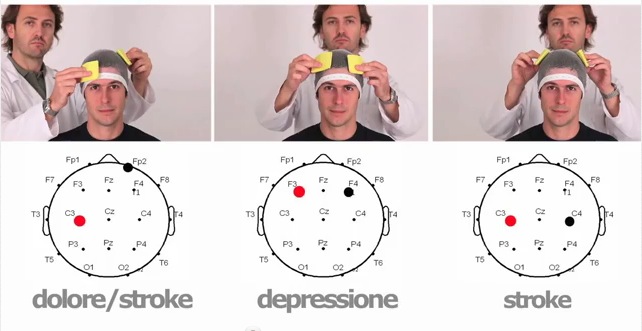Katie, 23, has suffered from anxiety and depression since she was 18. When her boyfriend Lee told her about transcranial directcurrent stimulation (tDCS), a form of neurostimulation which involves administering a low level of electrical current to the brain, she was sceptical. But Lee had heard that it could help people with mood disorders and wondered if she might benefit from it.
“The first time, I freaked out,” she remembers. “I thought, ‘I can’t cope with putting electrical stimulations in my brain.’ Lee put this machine on and, it’s difficult to explain, but, everything went empty in a good way. I can’t remember if I’ve ever felt like that. I felt relaxed and chilled inside. It was a mad sensation and an out-of-body experience.”
She’d tried anti-depressants in the past but found they didn’t work for her. Now she uses the kit regularly. “It’s improved my life and improved my mind,” she says.
Source: Hooking up: zapping your brain

